WIN1201-26 Rfid Accessibility Tool

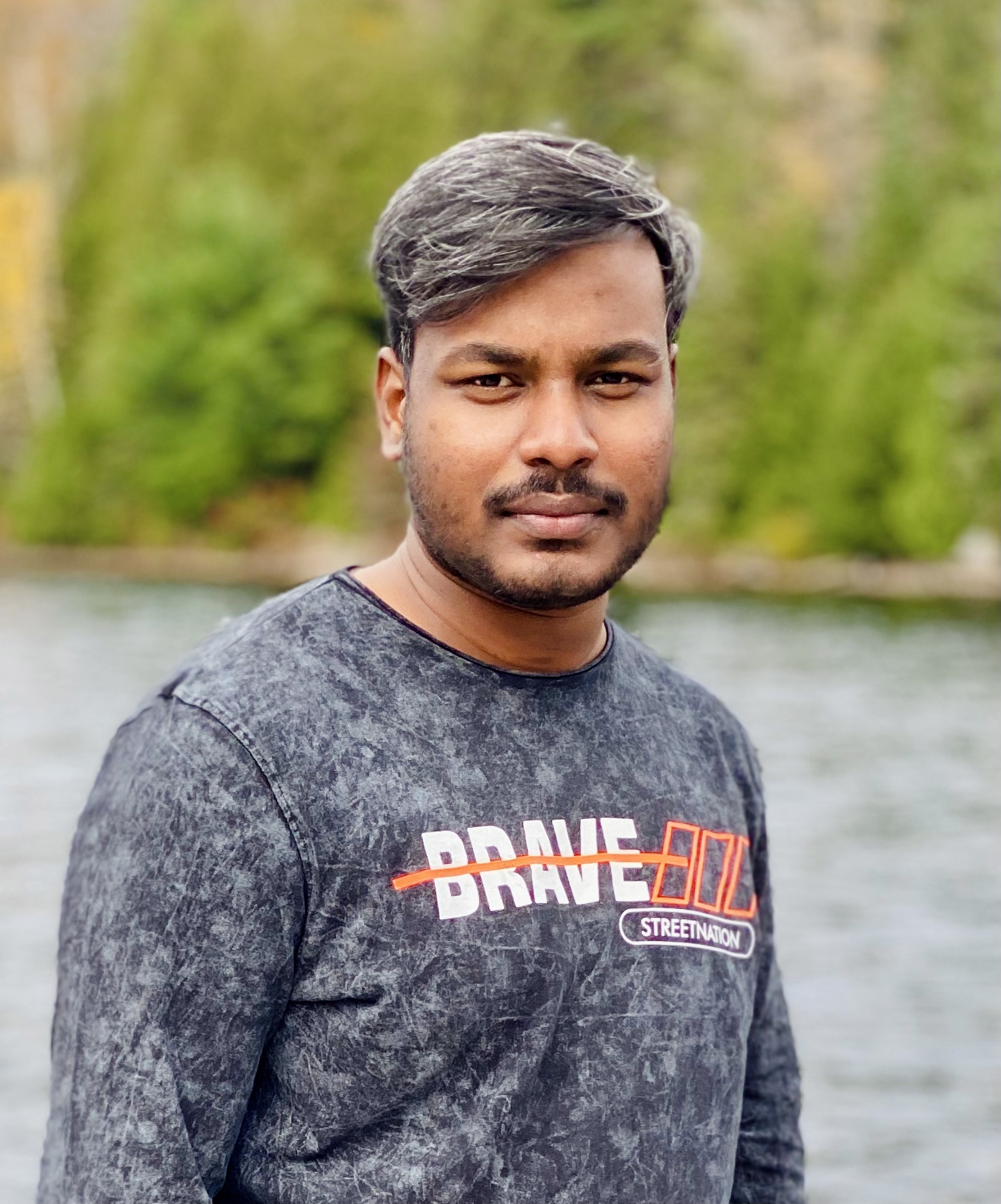
Name: Sai Kiran Kavuru
Role: Team Lead and Code Developer
|
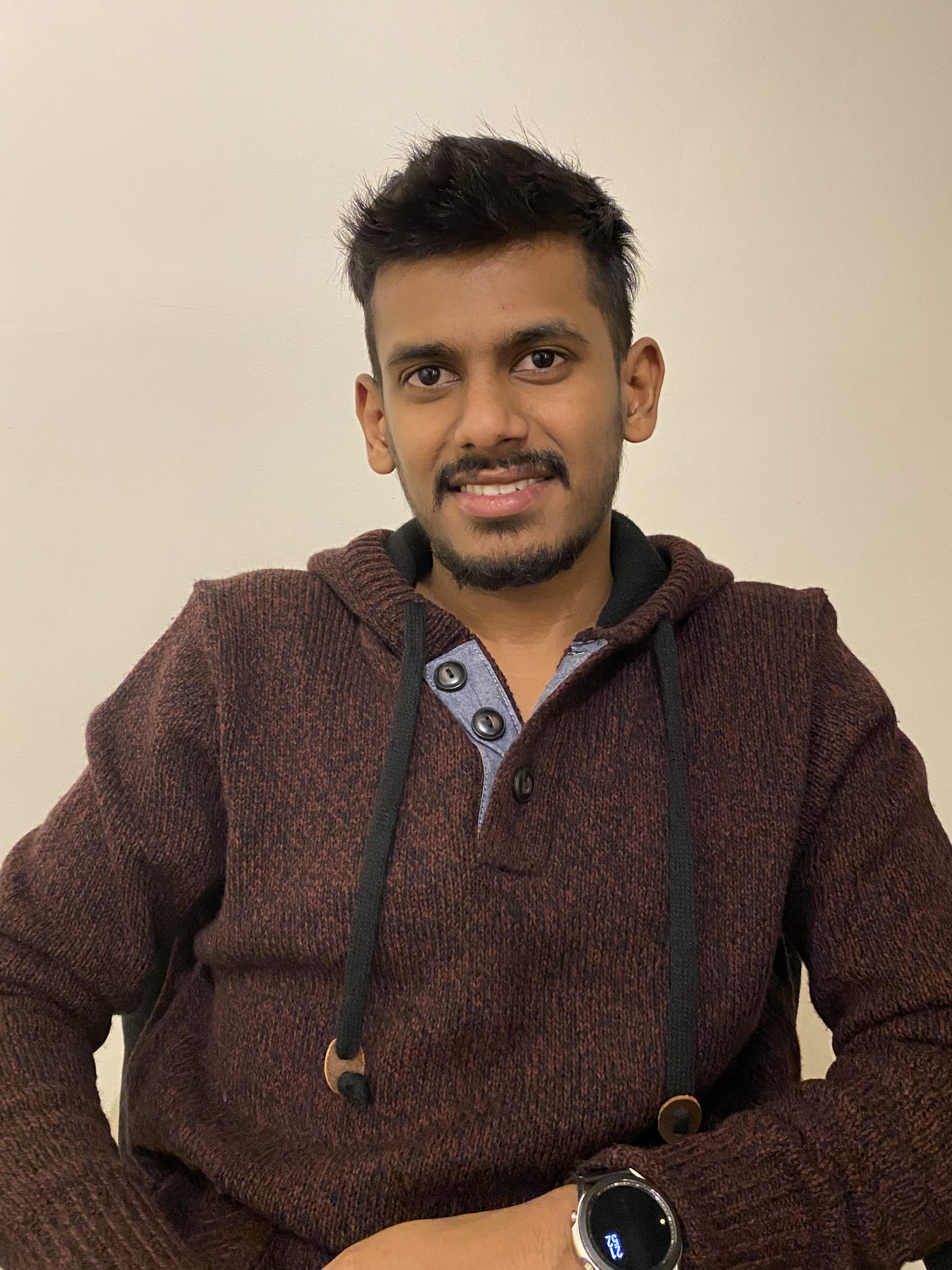
Name: Chaitanya Prasad Velidi
Role: Hardware Tester
|
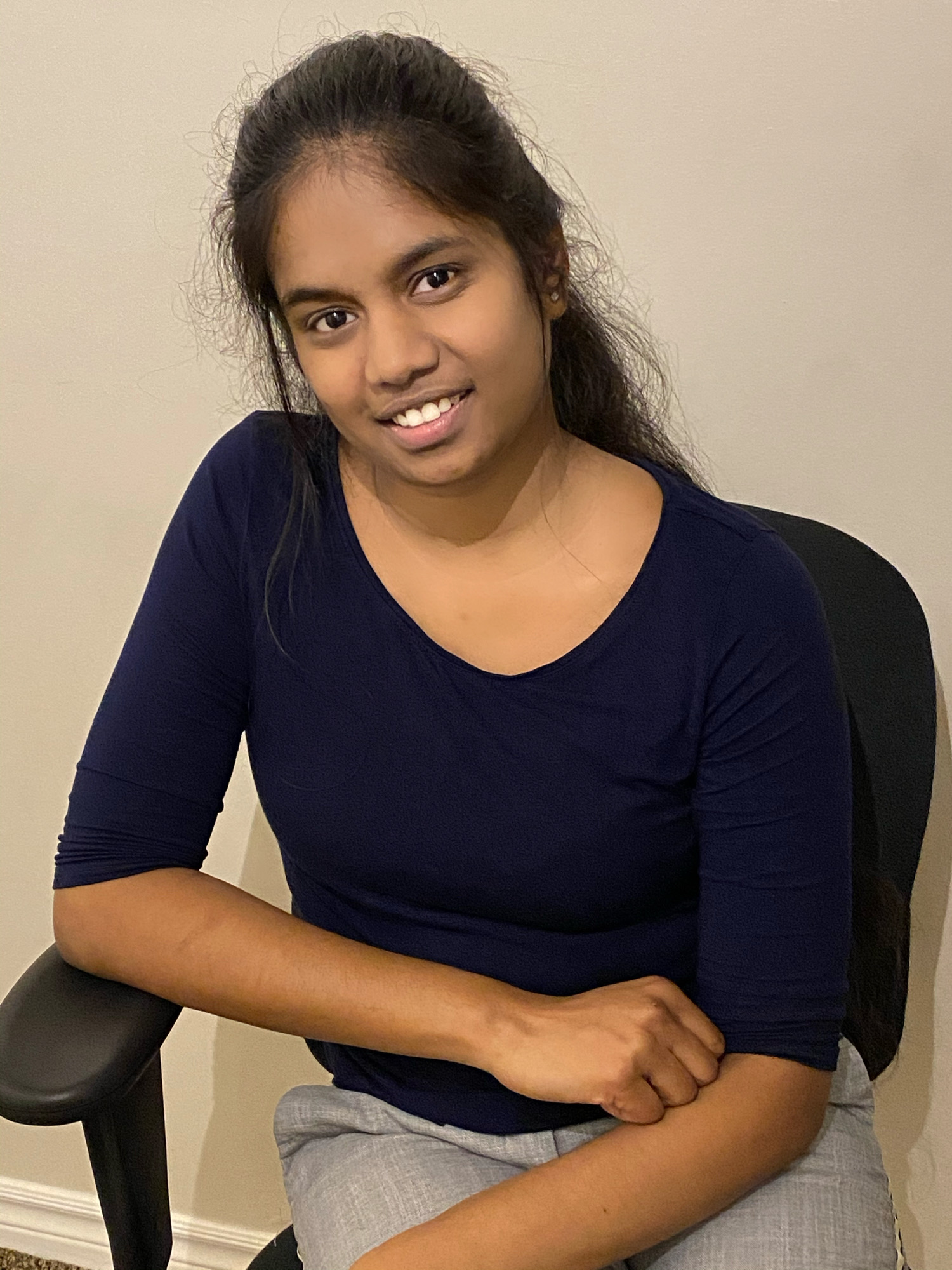
Name: Sri Vidya Konakalla
Role: Team Coordinator and Programmer
|
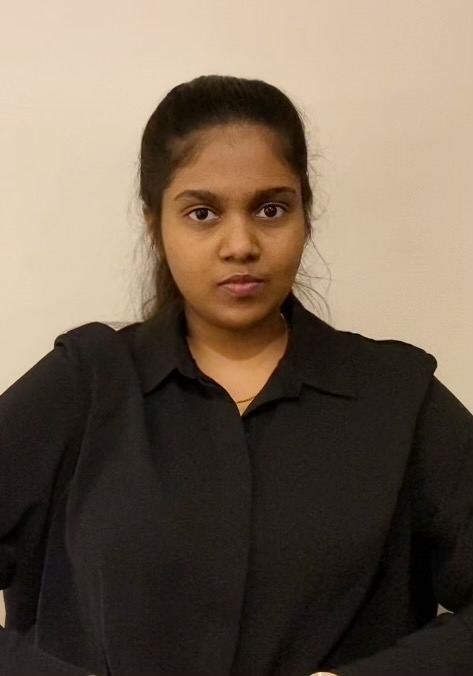
Name: Prashanthi Talari
Role: Communication Incharge
|
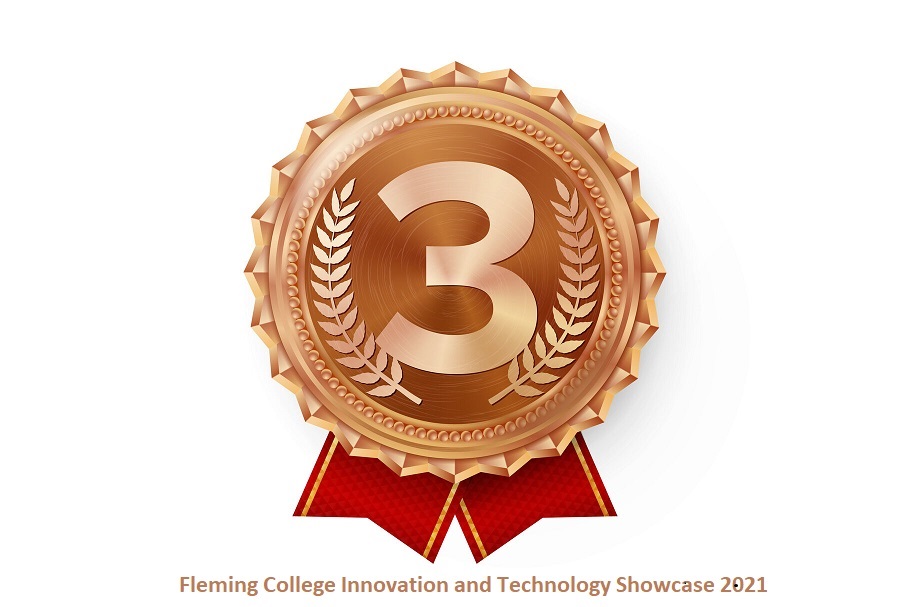
To the THIRD PLACE PRIZE winners of Fleming College Innovation and Technology Showcase 2021.
A hearty congratulations to this team for their consistent delivery of excellent work in competition with 43 teams in 3 Technology Programs, Wireless Information Networking (WIN), Computer Investigations (CSI), Computer Technologies (CTY) and Mechatronics (MEC).
The Judges were highly impressed. Keep up the great work and your careers will be very rewarding.
Best of luck, SaiKiran, Chaitanya, SriVidya and Prashanthi
Regards
Alwyn Appiah
Professor, IT Applied Projects
School of Business and IT
Team Name:
4-MationTeam Members Names:
Sai Kiran Kavuru, Chaitanya Prasad Velidi, Sri Vidya Konakalla, Prashanthi TalariProgram of Study:
Wireless Information networkingMentor Name:
Mohamed MousaProject Name:
RFID Information Grid For AccessibilitySponsor Name:
Mamdouh MinaSponsor Organisation:
Fleming CollegeBrief Description Of Project:
This is one of the interesting and real-time projects among the IoT projects. The main intention of this project to assist visually impaired people around us without human assistance. This is designed and developed using Arduino and respective sensors. As per the sponsor requirements, the smart cane assists the user by guiding and communicating with them directly. Furthermore, this product helps the user both in indoor and outdoor environments as sponsor pre-requisites. Using the different sensors, it can monitor and detect the devices around the user. In critical situations like emergencies, it can be able to guide the user to get out of the situation.
Project Objective:
A smart cane is “a white cane that uses smart technology that aims to help visually-impaired people navigate their surroundings. The main objective is to design and develop a smart cane to guide the user with sensor detection and monitoring in both indoor and outdoor areas. According to the sponsor requirements, it should also be able to protect the user in emergencies. The cane should be found by the user itself without any human assistance when he misses it in indoor environments. It should present accurate results with the sensor working. To avoid slipping off the wet surfaces, a moisture sensor has been embedded as well. Here we have used various technologies such as Arduino UNO, Node MCU, and Blynk application which helps to run the cane. Altogether, the software and hardware devices or modules should limit the hackers all the time.
Project Innovation:
At first, our considerations composed of using only google assistant for reaching out to the cane in case if the user forgets or misses in the indoor environment. But, that would be helpful only if there is an internet connection. In order to avoid that, embedded the clap sensor, which works in absence of an internet connection. Using RFID tags, obstacles will be detected only in a confined space or indoor areas. To use it extensively in outdoor environments also, have been used ultrasonic sensors to detect obstacles everywhere with a maximum range of up to 4 meters. For the user’s safety on wet surfaces, have been integrated the moisture sensor and also included the SOS button for emergencies. For the light-weight and user-friendly, utilized the same ultrasonic sensors(obstacle detection) for stair-case detection. In regards to the self-security of the user, because of using Blynk application, an attacker cannot intercept the traffic between hardware and server.
Challenges & Solutions:
- The major challenge is to avoid sensor movement, to eliminate that, sensors should be positioned correctly for desired results.
- To confront emergency situations, an SOS button has been embedded in the cane to seek assistance for the user’s safety.
- Another key challenge is using multiple sensors at one instant, which leads to added noise to the circuit, and resulted in inaccurate sensor readings. So, we tested each sensor individually and added a defined delay given rise to work all the sensors properly. This is how we rectified this issue.
- Moreover, depending on the staircase model, sensor readings have been changed. So we took and tried around five to six types of stair-case and tested sensors in all different types of staircase & calculated average value and used the same in the project.
- As per the sponsor’s requirement, we have embedded the google assistant, but it does work only using an internet connection. To avoid that, we have attached a clap sensor too, to find the stick when there is bad network condition and in absence of power.
- To avoid the weighty product, considered using the ultrasonic sensors for stair-case detection
Project Results or Progress:
Finally, we were successful and happy with the achieved following results that have been accomplished in the given timeline.
- Establishing the Cane prototype.
- Set up an SOS button in the circuit to safeguard the user from emergency situations.
- An assistive device that smart cane provides a better walking experience and
reduces the risks of accidents and injuries. - Reaching for the cane in both the presence and absence of an internet connection in closed spaces.
- Make it to detect the obstacles, stair-case, and wet surfaces effectively in both indoor and outdoor environments.
- Make it communicating the cane with the user and user-friendly.
- In regards to security, the Blynk application is best at its level to safeguard or restrict hackers.
Lessons Learned:
Besides gaining the technical ability to complete your project, we have learnt to adapt and cooperate with one another regarding different schedules and timezones. From the sponsor’s perspective, we have managed to develop a safe-security product. We have even learnt to make use of the available resources to their maximum capacities. It has been difficult during this pandemic to gather and discuss our project and goals, but we overcame those difficulties by adapting to the virtual trend.
Throughout this project, we have managed to inculcate self-study skills and gained an intermediate level of technical knowledge as regards hardware testing, programming, designing, and became familiar with current trending technologies used in the project. Additionally, we have acquired presentation and documentation skills.
